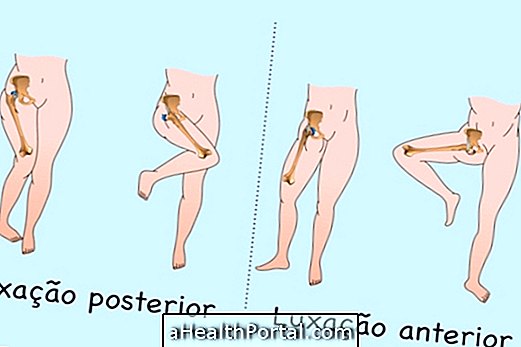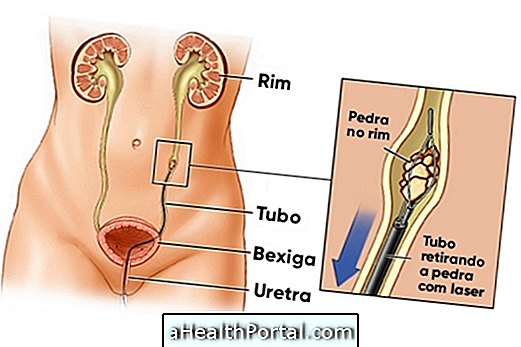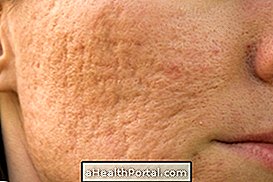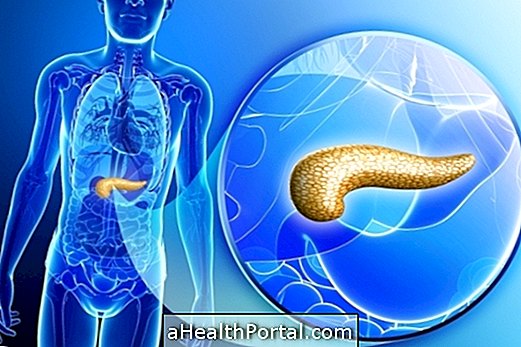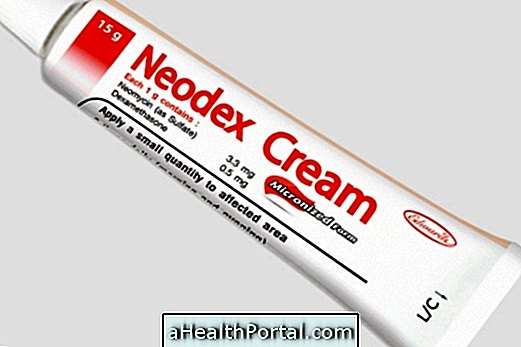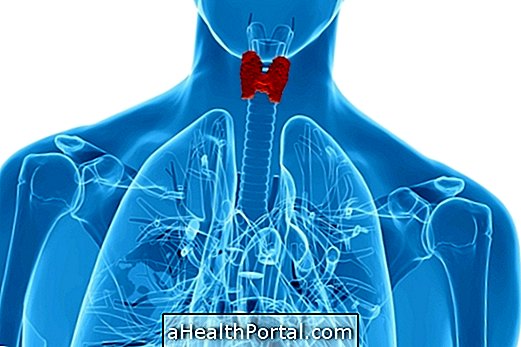Paget's disease is a chronic disease characterized by the abnormal growth of certain parts of a bone. Its main signs and symptoms are joint stiffness, tiredness, deep bone pain, with a tendency to worsen at night, and bone deformities.
This disease usually appears in men over 40 years of age and the uncontrolled increase can occur in any bone, although it is more frequent in the skull, femur, tibia and spine. It is also called osteitis deformante and is more common in Europe and the United States being rare in Brazil.
In this disease occurs the bones become fragile due to the increase of osteoclasts that lead to a high resorption of bone mass, which is followed by a disorganized bone repair and with this the bone becomes very strong in one part and very fragile in another part, the which favors its break. The disease can affect only 1 or several bones at a time.
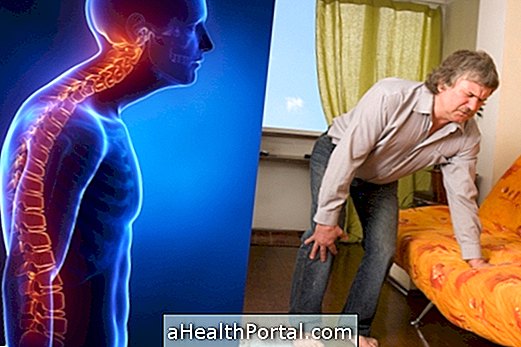
Symptoms of Paget's Disease
Most often Paget's disease has no symptoms, but the most common is pain in the bones but as the disease can affect only one bone the pain can be localized and be confused with other diseases. Signs that may indicate Paget's disease are already related to its complications, and may be:
- Pain in the bones and deformity in the joints,
- Frequent bone fractures,
- Increased kyphosis of the spine (hump),
- Osteoporosis,
- Arched legs,
- Deafness caused by the enlargement of the bones of the skull.
Although the causes are not yet fully understood Paget's disease may be related to a latent viral infection, because viruses have been found in the affected bones, although it is not known exactly how they got there, it is also known that there is a genetic condition and therefore people of the same family are most affected and it is believed that it may have some relation with hyperparathyroidism, however in most cases it is not possible to know its cause.
Diagnosis of Paget's Disease
The diagnosis is made by X-ray examination and scintigraphy, but a blood test that measures the amount of an enzyme produced in bone, calcium and phosphorus cells can also be ordered by the doctor. Calcium and potassium values may be normal and alkaline phosphatase is usually elevated.
Look at the symptoms and how the diagnosis of this disease is made here.
Treatment of Paget's Disease
The treatment for Paget's Disease is done with anti-inflammatories and painkillers, which decrease the pain and discomfort caused. Bone modulators can also be used in cases where the disease is more active.
In addition to medications, it is important to do physiotherapy to control symptoms and improve the quality of life of the patient. Surgery is the most appropriate treatment in cases of nerve compression or replacement of a damaged joint.
Know what remedies are indicated and how physiotherapy can help in: How to treat Paget's disease to avoid surgery.





